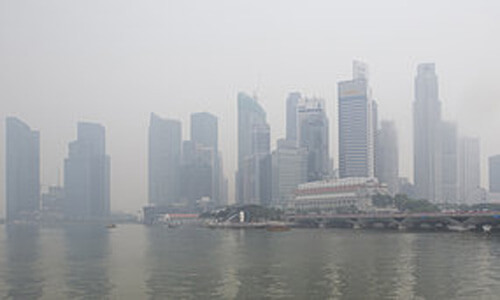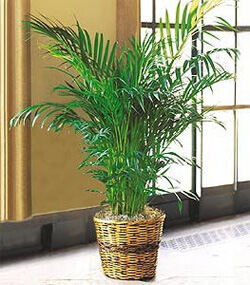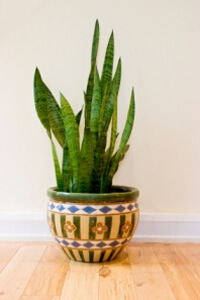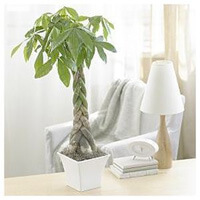
So the haze is back and it looks like it could linger over Singapore till the end of the month. As we face yet another season of poor air quality, many of us seek refuge indoors – but you might be surprised to find out that your own home can be an unhealthy environment too.
A team of scientists at NASA embarked on a 2 year study to developed a method for clearing indoor pollution – what was the result? To grow your own fresh air!
Volatile Organic Compounds, or VOCs, are toxic chemicals that can be emitted from materials found anywhere in your home – from the paint on your wall, to the fibers on your couch and the glue in your floorboard. They can be the cause of your headaches, dry eyes, fatigue and more, but the real concern is the compounding effect that these chemicals have on your health.
A study by NASA found that air quality indoors was often unhealthy, teeming with toxic chemicals, but that certain plants had remarkable capabilities of purifying the air around them, by absorbing in the toxins and releasing clean oxygen! They found over 50 air-purifying plants, of them, 10 were especially good.
These super-plants will clear your home of its toxins and leave only clean, breathable, healthy air!! Luckily for us, most of the plants identified are from the tropics, so easily available in Singapore! If you find yourself sensitive to the haze or suffering from allergies you can now make your home a safe haven! Hard science shows us how: surround yourself with nature!
Here’s what you do:
- Take NASA’s top ten plants list to your local nursery to guide you. You can choose any you like, but, a further study by Kamal Meattle, researcher and activist for clean air in India, found that of the top 10, three of them worked most efficiently together, maximizing the purification:

Areca Palm: Works during the daytime. Removes CO2 and converts it into oxygen.

Mother-in-law’s tongue: Works at night. Converts CO2 into oxygen.This plant is best for bedrooms where it will purify the air as you sleep.

Money Tree Plant: Removes formaldehyde and other volatile chemicals.
- You’ll need 1 plant for every 100 sq feet of space. They needn’t be large (if you watch Kamal’s video, keep in mind he is working with a space of 50,000 sq feet, so his numbers are big). I live in a 1100 sq foot apartment, so I’ll need 11 plants.
- Scatter them all around your house, in every room, remembering to keep the Mother-in-law’s Tongue for the bedrooms.
- Hydroponics works best. Try to use terracotta or ceramic pots instead of plastic, which will only introduce more VOCs.
I love the idea of working with nature. It’s a mutually beneficial relationship: I agree to water her and breathe out some nourishing carbon dioxide and the plant will in turn happily clean the air for me. Perfect.
